Bridgerton is undeniably one of the biggest shows in the world. With two seasons and a spin-off under its belt, it is clear that Netflix won’t pull a Netflix with this one and cancel it prematurely. Part 1 of this season has sent fans into a tailspin, anxiously waiting for Part 2. The consensus has been Nicola Coughlan is brilliant and “Polin” is a delightful couple. Watching this season has surprised me because, on the one hand, I appreciate it for what it is – a family-oriented (but not family-friendly) drama-filled romance fantasy. It is a sizzling experience and a quietly moving tale about self-discovery, relationships and love. However, as Part 1 came to a close, I found myself a touch irate because as commendable as Shondaland’s ambitions are, Polin has not been done justice.
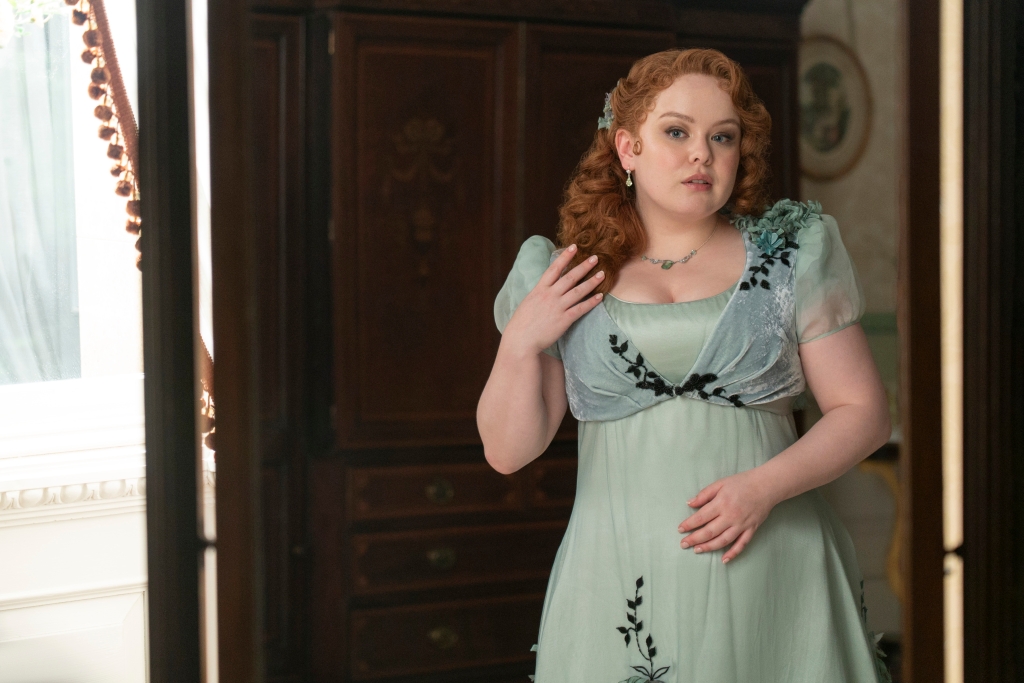
Nicola is both by nature and designs a godsent as she guides us through Penelope’s satisfying, exciting and sexy character arch. The Penelope we see in the third season is the perfect culmination of years of hard work to develop a character as undeniably relatable as she is challenging to love. In the hands of another actress, I find it hard to believe that one could feel empathy for her after what Penelope has done. Still, Nicola’s charisma and endearing portrayal open the audience up to understanding the great tumult and pressure Penelope has faced from within her home and from society. Although the writing somewhat waves off the cruelty of her actions in the first season, Nicola’s performance lends itself to a more sympathetic perspective, as she draws attention to Penelope’s maturity as she begins to weather the storm caused by her writing.
The other half of this friends-to-lovers romance is Luke Newton’s Colin Bridgerton. The dashing young gentleman, fresh from his adventures and sexcapdes across Europe, has returned with a visual glow-up, with a dash of a personality change. The writing, paired with Newton’s performance over the last three seasons, has charted a solid character arch that has now reached its peak; this is the best that Colin Bridgerton will get, which means he is ready to marry. Colin is distinctively more emotional than his brothers, more willing to let his heart dictate his actions. However, his situation with Marina in the first season and the passing of years has humbled him in a few ways. He is touched more reserved with his heart but boldly struts at his own pace, taking full advantage of society’s lax rules for men. So, just like his brothers before him, he freely seeks out the pleasures of the flesh. Should we expect anything else from Bridgerton? Between his flagrant flirting with the young women of the ton, bragging about his adventures, and his fun nighttime activities, Colin is pursuing quieter passions that align with Penelope’s. However, unbeknownst to him, Penelope’s secret life is one he is eager to see destroyed as he is adamantly anti-Lady Whistledown.
While I commend the writing and our lead couples acting on putting Penelope and Colin front of mind for most of the series, the show has a plot layering problem. There is already so much tension and drama with Colin and Penelope starting their romance on a different footing and the added layer of Penelope being Lady Whisteldown. Additionally, there is some ground to cover to flesh out the friendship dynamic that flourishes as Penelope enlists Colin to help survive the marriage mart. However, this is an ensemble show despite the general framing of the show. As the title suggests, Bridgerton is about the Bridgertons, with each series (not including spin-offs) centred on the love story of the Bridgertons and their love interest. Each season thus far has incorporated nearly every Bridgerton family member, gently setting up the next season’s lead. This season, however, the layering is noticeably clumsy.
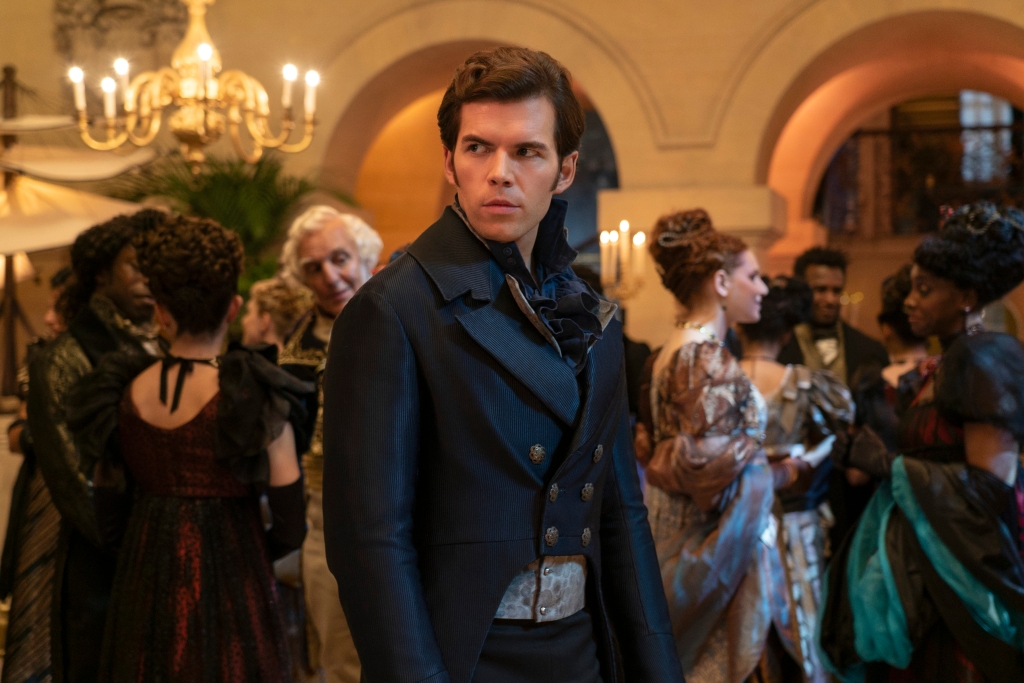
Eloise is integral to Penelope’s story, so having her presence accomplishes two essential things: illustrating her growth and change since discovering the truth about Penelope and setting her up to be the lead in either the fifth or sixth season. Eloise has matured in ways that are precipitable to her family and peers, and she has expanded her friendship pool, which brings in Cressida, a rival to Penelope, in more ways than one. This unlikely friendship also sheds light on the circumstances of an “older” woman in the marriage market, which offers texture to Cressida’s journey and Eloise, Francesca and Penelope’s stories. On the flip side, Benedict, the fourth season’s lead, is terribly misused.
Benedict is arguably the next-best Bridgerton boy (sorry, Colin). He is the adorably awkward dark sheep of the brothers. Still, one of his defining attributes thus far is his affinity for finding queer-adjacent couplings, then the writers run as fast and hard as they can from the prospect because heaven forbid we give Benedict a male love interest. If you ask me, switch Sophie to Sebastian, and you may have another record-breaking season on your hands, Shondaland. Back to the topic at hand, the issue this season is that with so many Bridgertons going on personal journeys independent of Penelope and Colin’s story and starkly different from one another halfway through, it gets exhausting. Francesca’s arc makes the most sense here as she is the less flashy Bridgerton debut and is too low-energy to carry an entire season. Still, her story is severely undermined because the budding friendship between her and Penelope is barely explored. Benedict’s story this season is eerily similar to his arch in season 1, meaning that the writers circle the drain with him as they await his turn.
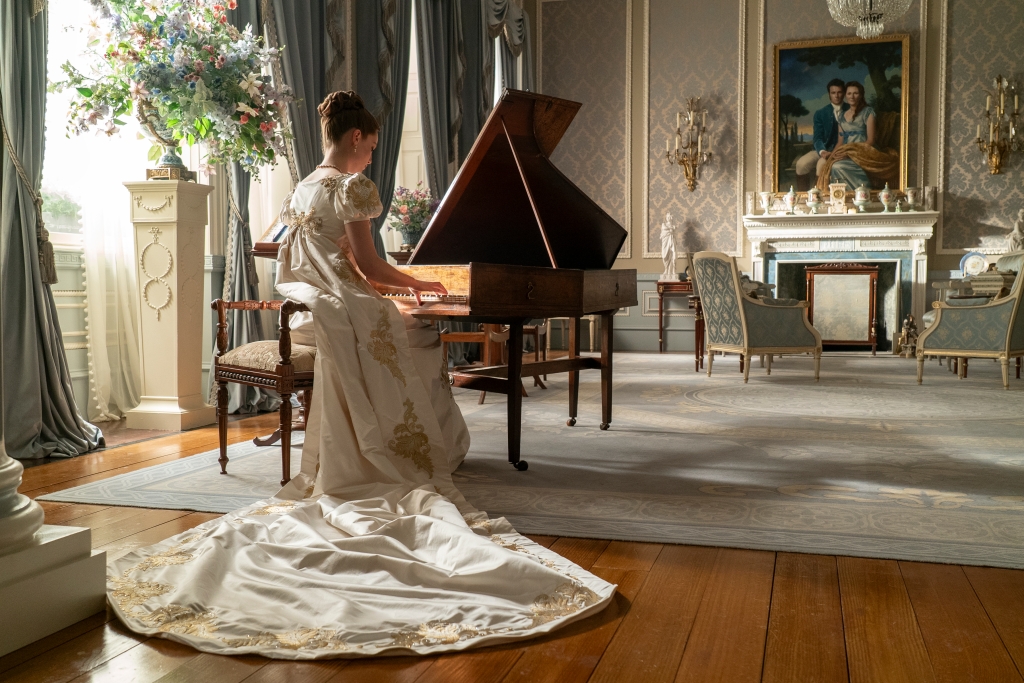
Benedict’s story feels considerably misplaced, and his arc sheds a harsh light on the other subplots that are equally less developed or unwarranted, such as Violet’s post-widowhood romance with Lady Danbury’s brother, Kanthony’s extended honeymoon and the Mondrich family’s ascent in rank. The Mondriches, in particular, feel out of place because of how far they are from the Bridgertons. They would instead be ideal candidates for a spin-off of their own.
Unlike the prior two couples, Polin has had a long lead-up, whereas Daphne’s relationship with Simon and Kate’s relationship with Anthony required thorough exploration to build their respective couplings. But in the comfort of knowing that the work has essentially been done to build Polin up, the writers somewhat gifted their foot off the gas when the opposite should be the case. Eloise, Cressida, the Feathingetons, and Kanthony are already a lot of threads to follow, and that’s not even touching on Queen Charlotte’s vendetta against Lady Whistledown, which ties closely to the one major hurdle in Polin’s road to happily ever after. As I reached the sixth episode of the eight-episode series, I was left feeling like there was not enough Polin in the season that is centring their romance.
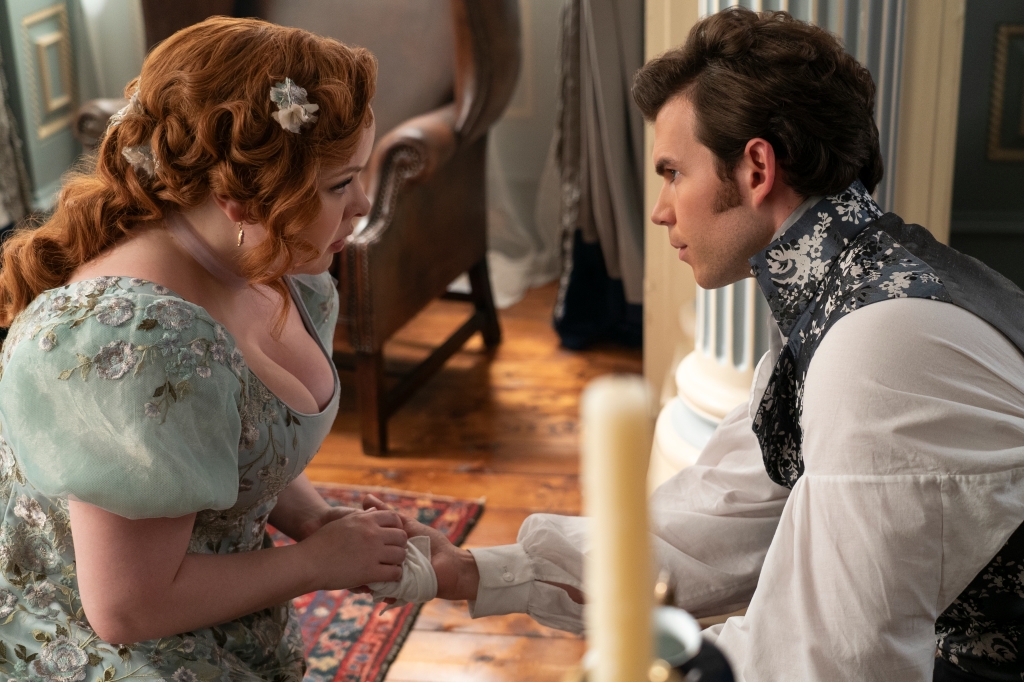
For my gripes on the general formatting and pacing of the third season, Bridgerton is genuinely addictive. The cast is excellent, the characters are fun, the orchestral covers of popular songs are always a fun time, the costuming is delectable, and the production design is incredibly immersive. This is a far cry from the usual “authentic” period dramas because Bridgerton is a fantasy romance through and through. The writing is bubbly and joyous, the lessons learned come from an earnest and compassionate place, and most importantly, the romance is passionate and exciting. Season to season, the writers have fun developing one of the core romantic tropes, the fake dating trope in season 1, the enemies-to-lovers trope in season 2, and now the friends-to-lovers trope with Polin. While the setting is familiar and the motions repetitive, the central romance feeds the entertainment by presenting a new facet of the wild thing we call love. More than any other, this season showcases the varying types of romantic love.
In the age of streaming, appointment TV feels like a thing of yesteryear, but Bridgerton has become one of the few shows everyone is counting down to watch. The chief reason is that it is genuinely fun. Shondaland is giving into so many cravings with one delicious treat after another, and this time, the sweetest gift of all is seeing Nicola Coughlan shine as a leading lady—a role that suits her very well.


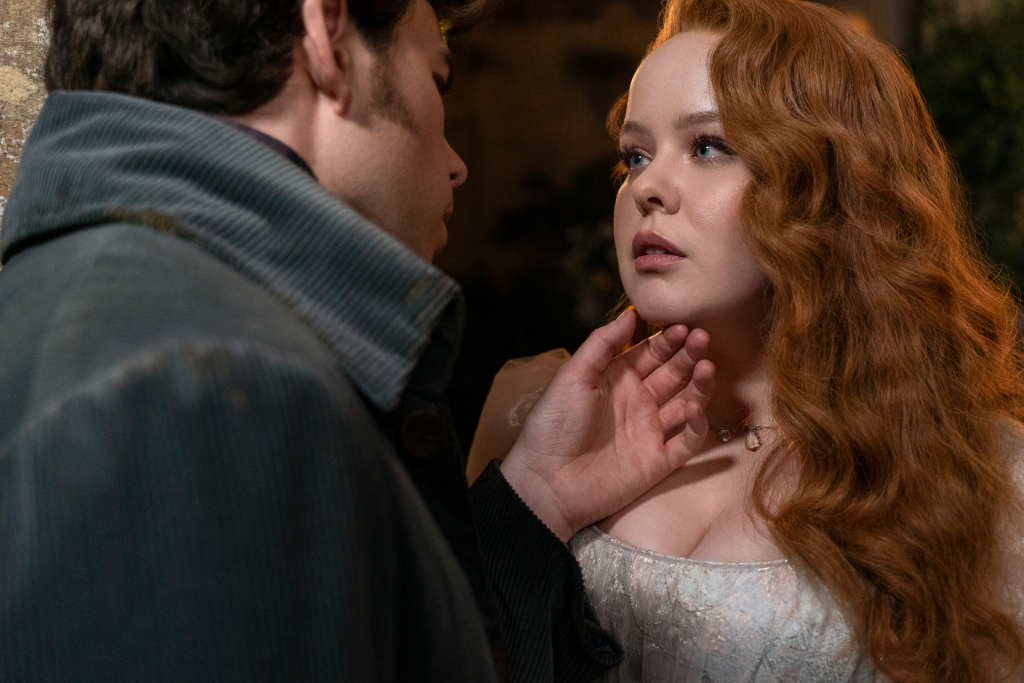




Leave a comment